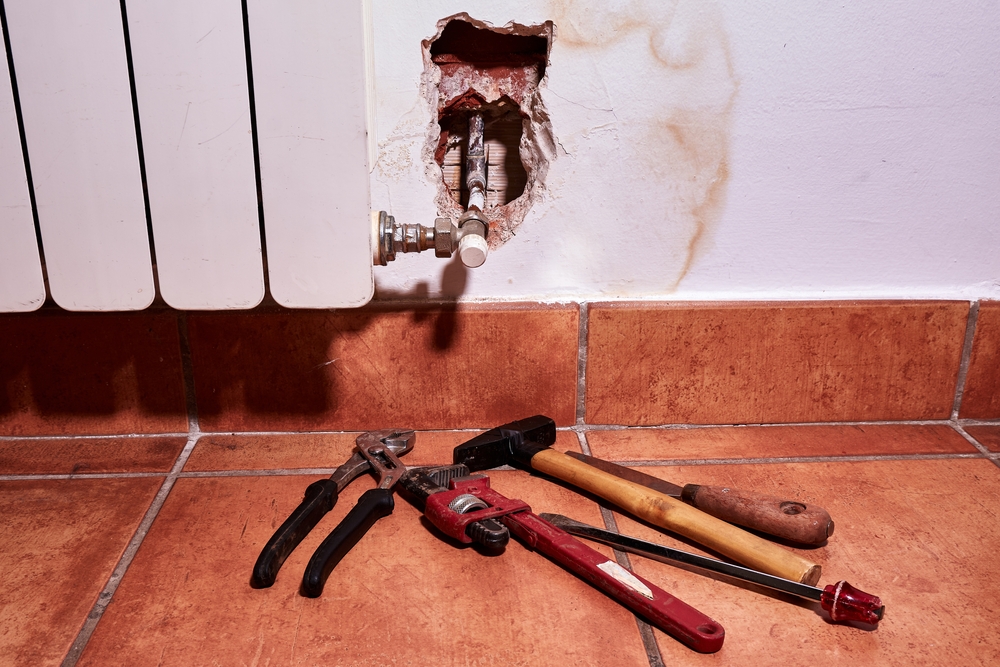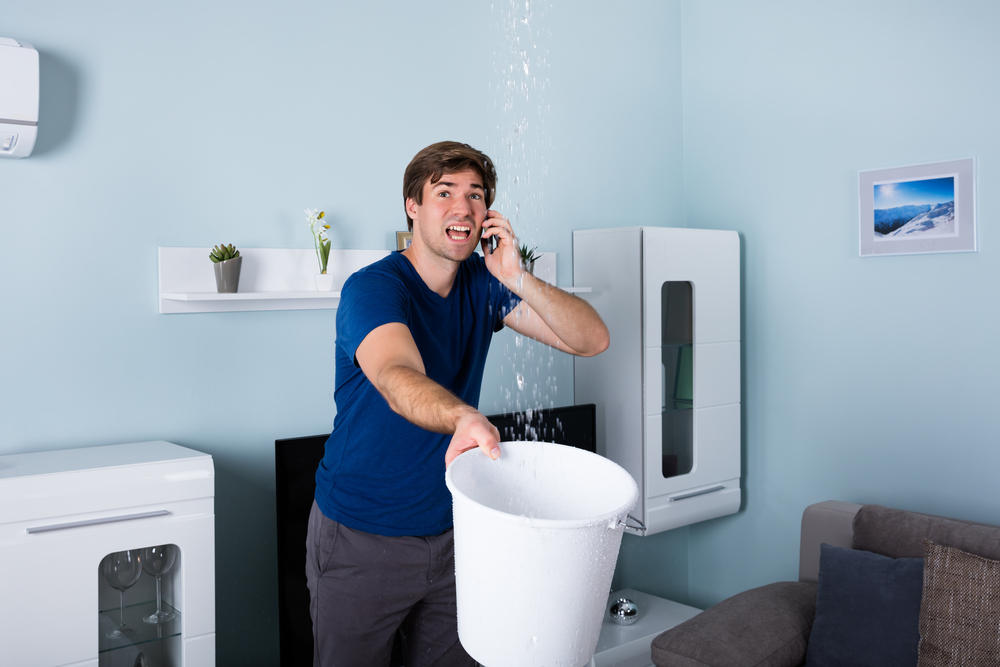
Water leak detection is crucial for maintaining the integrity of your home’s plumbing system and preventing water damage. However, is it the only method available to identify water leaks?
In this article, we will explore the various approaches to water leak detection and consider alternative methods that homeowners can employ to supplement traditional leak detection techniques.
Understanding Water Leak Detection
To start our discussion, let’s establish a clear understanding of what water leak detection entails and examine the conventional methods commonly used. Traditional approaches to water leak detection involve visual inspection, listening for leaks, and utilising technology such as specialised devices and systems. While these methods have their merits, they also have limitations that we will delve into.
Exploring Alternative Methods
1). Visual inspection and signs of water leaks
When it comes to detecting water leaks, visual inspection plays a vital role. Homeowners can look out for common visible signs such as damp spots, water stains, mould growth, or unexplained increases in water bills. Additionally, monitoring water metre readings can provide indications of potential leaks within the plumbing system.
2). Listening for water leaks
Our senses can be valuable tools in detecting water leaks. By actively listening for the sound of running water or dripping sounds, homeowners may be able to identify leaks in their homes. Alternatively, acoustic leak detection devices can assist in pinpointing leaks by detecting sounds and vibrations produced by water escaping from pipes.

3). Using technology for water leak detection
Technological advancements have brought forth innovative solutions for water leak detection. Smart water leak detectors equipped with sensors can detect leaks and send alerts to homeowners’ smartphones, enabling prompt action.
Internet of Things (IoT)-based leak detection systems offer continuous monitoring and real-time data analysis for comprehensive leak detection. Pressure-based leak detection methods utilise pressure sensors and algorithms to identify anomalies in the plumbing system, indicating potential leaks.
Pros and Cons
While water leak detection services offer significant advantages in terms of early detection and prevention of water damage, it is important to acknowledge the limitations of relying solely on these methods.
Challenges may arise in detecting hidden or slow leaks that may go unnoticed by conventional detection techniques. Factors such as the age and complexity of the plumbing system can also impact the effectiveness of detection methods.
The Importance of a Multi-Faceted Approach
To ensure comprehensive water leak management, it is essential to adopt a multi-faceted approach that combines water leak detection with preventive measures. Regular maintenance and inspection of the plumbing system can help identify potential issues before they escalate into significant leaks.
Proper installation of plumbing systems using quality materials and techniques is also crucial. Moreover, educating homeowners about water conservation practices and implementing efficient water management systems can contribute to reducing the occurrence of leaks and overall water wastage.
Final Thoughts
While water leak detection plays a critical role in safeguarding homes against water damage, it is not the only method available for identifying water leaks. By exploring alternative methods such as visual inspection, listening for leaks, and embracing technology-driven solutions, homeowners can enhance their ability to detect and prevent water leaks.
Adopting a comprehensive approach that combines water leak detection with preventive measures is key to maintaining a healthy and efficient plumbing system in any home.
Protect your property by scheduling a water leak detection service today. Contact Water Leak Detection to get started.
If you suspect you have a water leak, please call us at Water Leak Detection for a free consultation today on 1300 425 325 or leave an inquiry on our website.

